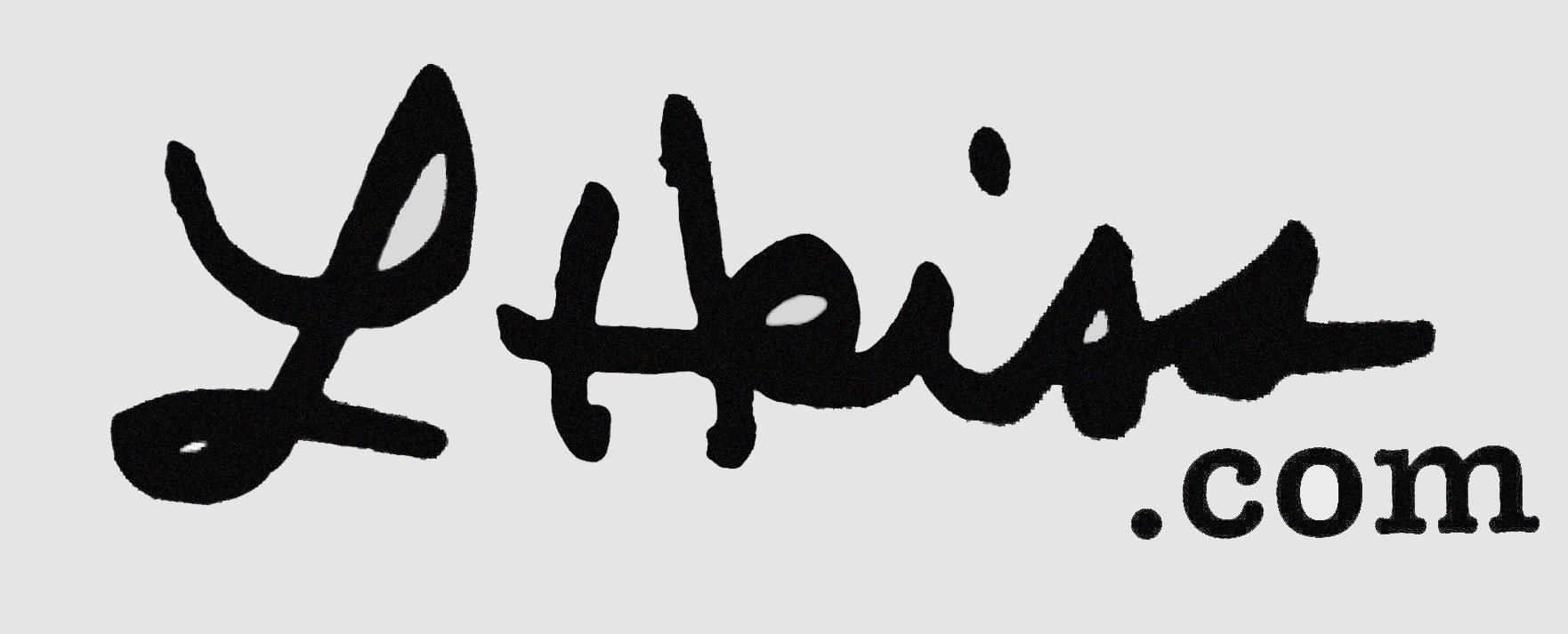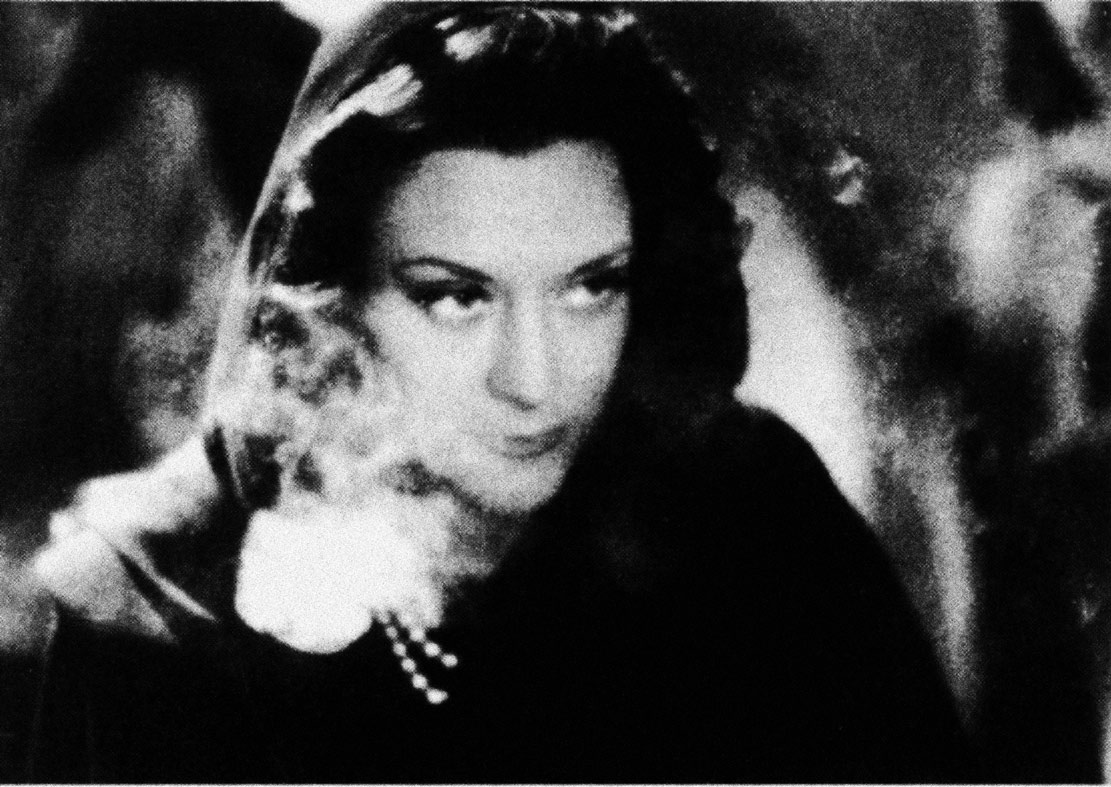
“Style is a simple way of saying complicated things”
Jean Cocteau
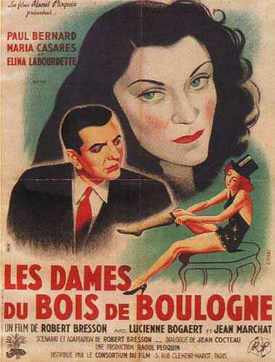
Les Dames du Bois de Boulogne (Ladies of the Park) is a film with a spectacular pedigree. Directed by Robert Bresson (his second film) and scripted by Jean Cocteau, it was on my checklist of Essentials, and I was not disappointed.
The plot centers on a pair of lovers Hélène (Maria Casarès) and Jean (Paul Bernard), who have an arrangement that they can have affairs on the side, as long as they do not affect their ultimate pledge to each other. Unfortunately, Hélène has heard rumors that Jean doesn’t love her anymore, and she tries to trick him into revealing his true feelings by explaining to Jean that her love for him is now just a friendship.
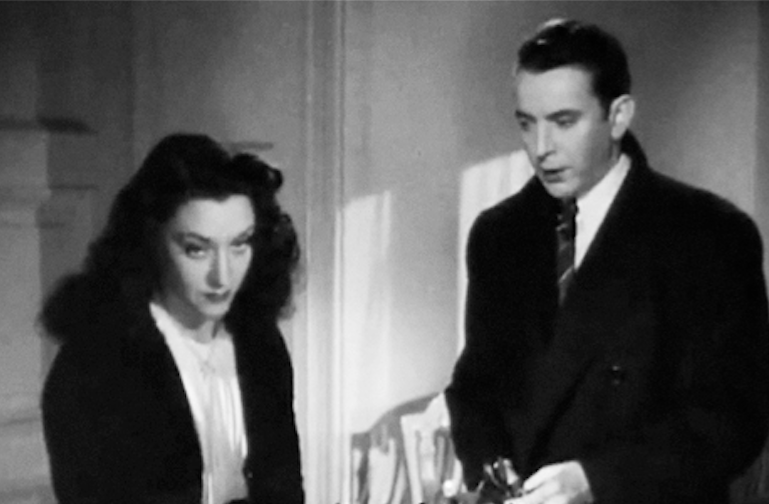
This ploy to find out how much he loves her backfires – not because of a fight between the couple, but precisely because there is no fight. With hardly a raised eyebrow, Jean accepts her explanation, says goodbye, and walks out the door. Hélène has been jilted, an act made worse by the fact she started things with a disingenuous explanation that she didn’t love him anymore, and then made much worse by Jean’s breezy, nonchalant exit.
With these insults to her ego, Hélène’s love for Jean transforms into hate, and with this hate, a need for revenge…not just any revenge, a ‘special-kind-of-hell’ revenge reserved for an ex lover who hasn’t bothered to even get angry at you during a breakup.
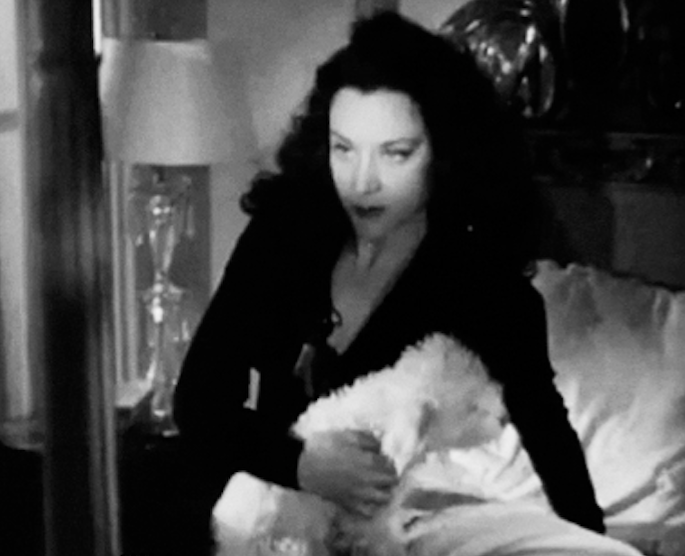
If this was a typical Hollywood film noir, this ‘special kind of hell’ would also include a background story of betrayal among gangsters and molls, and in a finale round of gunplay and a spray of bullets, one or more parties would be dead.
Cocteau would not deign to such a simple solution. Instead of reaching for a gun, the femme fatale of this film, Hélène (and let’s remember Maria Casarès would play the ultimate femme fatale, Death herself, five years later in Orphée), chooses to punish her lover by formulating a diabolic plot to enact her revenge. Cocteau always enjoyed putting a metaphysical spin with his writing, and would later script a play, “The Infernal Machine,” which was was ostensibly about the Oedipus Myth but was really about a narrative’s propensity to wreck havoc on the hero of the story.
In other words, the ‘Infernal Machine’ will always be the plot of any good story seen from protagonist’s point-of-view.
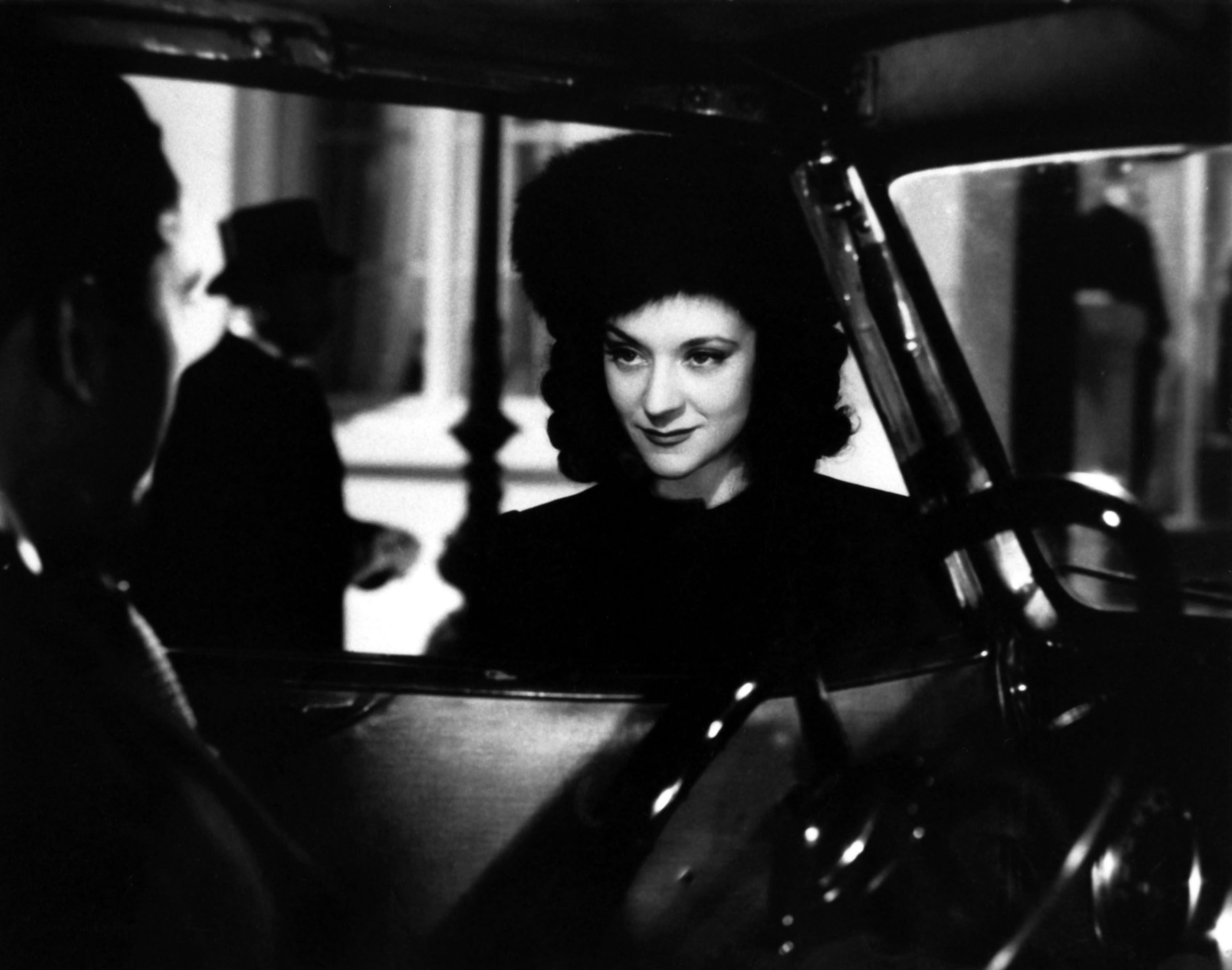
To achieve this revenge, that is, to set the ‘Infernal Machine’ into high gear, Hélène hatches an elaborate scheme to pair Jean with Agnès (Elina Labourdette), a young woman who would be the ‘perfect match’ for him. In an almost debutante fashion, Hélène presents Agnès to Jean, explaining she is an innocent naif from the country,
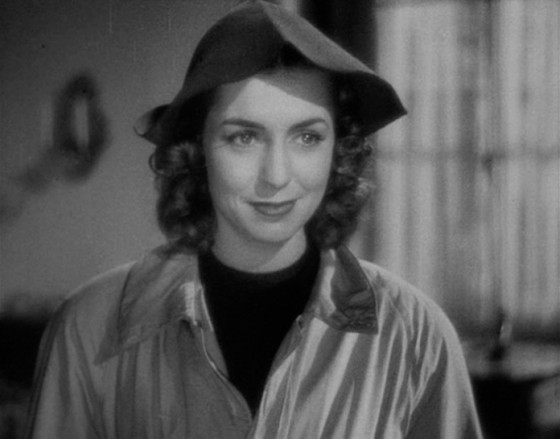
However, just the opposite is true: Agnès is a cabaret dancer from the wrong side of the tracks, or in the local vernacular, a lady from ‘Boulogne Park,’ a location common to prostitutes. In a series of ‘reverse psychology’ maneuvers, Hélène lures the young couple together in such a way it is almost predetermined they will fall in love and marry, but under totally false pretenses. After marriage, Hélène will reveal to Jean that he has married a common street walker. The horrors, the horror of it all.
For Hélène, revenge is a dish served cold…and after wedlock.
Ladies of the Park appears at first to be a film more influenced by Cocteau than Bresson. This was only Bresson’s second film as a director, his last to use only professional actors, and in terms of camera movement and blocking, his trademark pared-down style is barely in evidence – in fact there are a several sweeping, luxurious tracking shots that look like they could be lifted right out of a Max Ophüls film. As the story advances, however, one sees Bresson’s ideas about the cinema start to emerge, chiefly in the minimalist underplaying by most of the actors, but also in the condensing of the narrative as it moves farther along – instead of the story getting bigger, cinematically it gets smaller, in the end focusing largely on the romantic triangle of the three leads.
I started this review by brandishing a blurb: Cocteau Noir, and in both context and content this film was as noir as Cocteau was going to get. All noirs have a basic premise of a crime being committed, and in this case, the crime is fraud, as Hélène intentionally misrepresents the facts involving Agnès to cause Jean personal harm. The second test of a noir film is that the guilt of the perpetrator of the crime is of more interest than the crime itself, definitely the case in this film. The movie deliciously records Hélène’s emotional trials when her (unwise) plan to recover Jean’s affections succeeds and then backfires, not once, but twice!
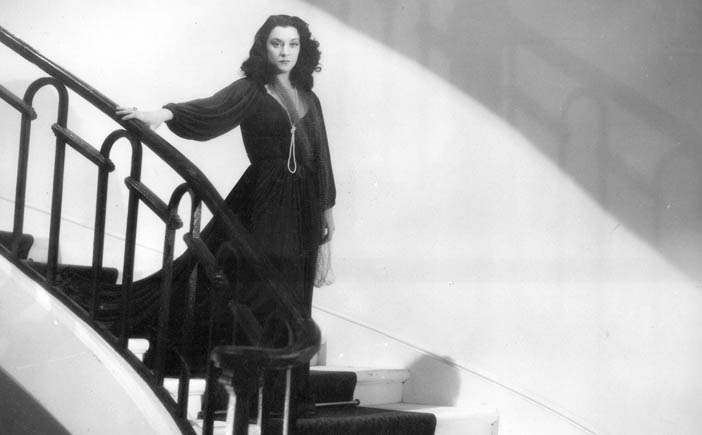
Yet the noir elements of this story can be taken only so far. After all, Cocteau is interested in building and shaping mythologies rather than participating in noir’s nihilistic joy of tearing them down, and while this film embraces stylistic noir tropes of lighting and use of shadows, Bresson does so more out of convention than conviction.
While it’s fun to compare these artists, they both have something very much in common, they are both consummate stylists. I started this review with a quote from Cocteau: Style is a simple way of saying complicated things. Bresson might as well have been quoted as saying the reverse, Style is a complicated way of saying simple things. But of course, pared-down style is still style, and just because their approach to their craft are opposite in both intent and technique does not make their collaboration uninteresting.
Indeed with the underplaying of the actor’s emotions (Bresson) matched against the surface glaze of script details and poetic dialogue (Cocteau), Team Cocteau & Bresson produce a film that has a odd synthesis of florid romantic externalism combined with underplayed internalism from the actors. This merging of opposite styles provides its own tension and give fans of Cocteau and Bresson all the more reason to see Les Dames du Bois de Boulogne: By watching this film, one can see Cocteau ‘brought down to earth’ at exactly the same moment Bresson is (for once) indulging in ‘cinematic excess.’ It’s enough to make everyone happy, everyone I suppose except the purists, and for them we have a poodle.
Poodle? Let me explain – the one thing Cocteau and Bresson seem to completely agree on is the grace and aesthetic perfection of a French poodle. There is a proud and majestic poodle in this film that is so prominently part of this picture that instead of Cocteau Noir, I almost want to rename the film Les Caniches des Bois de Boulogne and have this film start a new genre of what I proudly proclaim to be ‘Poodle Noir.’
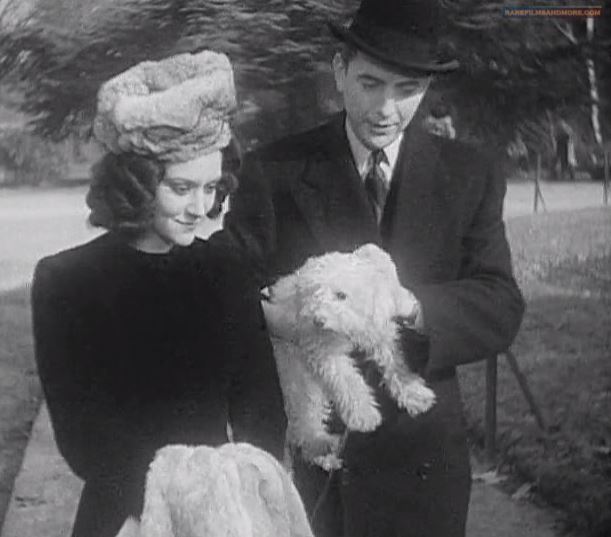
Judge Noir’s decision: Les Dames du Bois de Boulogne is NOT noir, but is instead a romantic melodrama (light on the melo and heavy on the drama) with noir elements But the description of this film as ‘Cocteau noir’ or ‘Poodle noir’ is allowed as long as the court can collect any reimbursements from this said description.
Court adjourned

